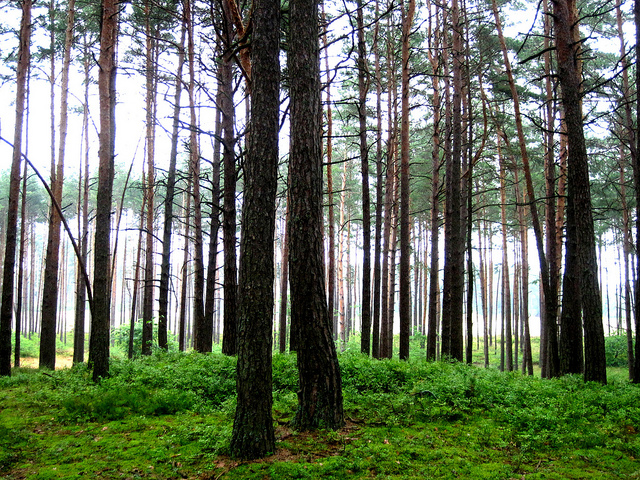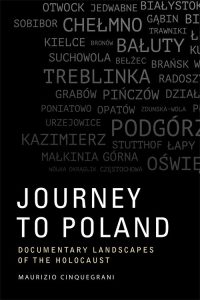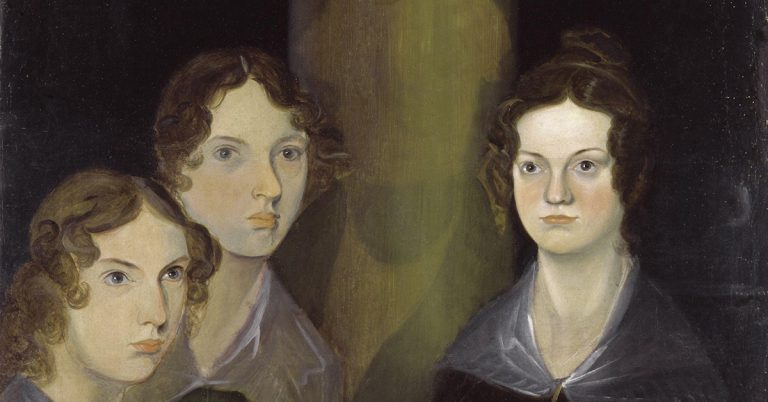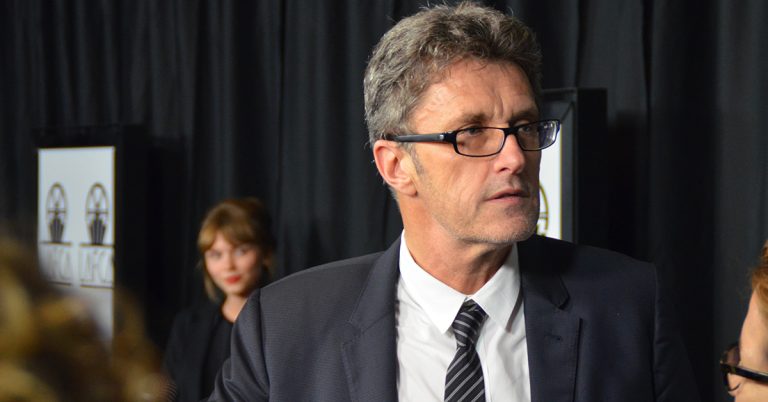
Journey to Poland: Documentary Landscapes of the Holocaust is about the journeys undertaken by survivors, members of the postgeneration, and filmmakers to the places where the Jews lived before the war and to the places where they were murdered. This book is also the result of my own journey to Poland and my exploration of the sites of the Holocaust during various trips undertaken between 2014 and 2017.
It is difficult to assess the necessity of visiting the places discussed in a spatial investigation such as that presented in my book. What would have been different in Journey to Poland had I not visited most of the locations investigated? The empirical knowledge of a certain space can facilitate the process of recognising film locations and itineraries. And I think this would have been a different book had I not done so. Or perhaps very little would have changed in the text itself and yet I would not have wanted to write Journey to Poland at all, had I not seen the fragments of the ghetto wall in Warsaw; had I not felt guilty for being thirsty during a visit to Birkenau; had I not seen anti-Semitic graffiti in Podgórze; had I not walked by the Ner river in Chełmno and had I not seen fragments of Jewish gravestones paving the way in Treblinka; had I not been overexposed to the Polish summer heat in Płaszów; had I not spent days exploring Jewish cemeteries, crumbling synagogues, and empty marketplaces in the villages of Eastern Poland and Ukraine; had I not stood outside the Łódź cemetery at the very beginning of Shabbat on a Friday evening; and had I not travelled to Bełżec, Sobibór and, beyond the topographical borders of this book, to Ponary, Rumbula, and Babi Yar. I scheduled the itineraries of these journeys while planning the structure of this book, and wrote part of it while travelling in Eastern Europe.
A selection of photographs taken during my journey
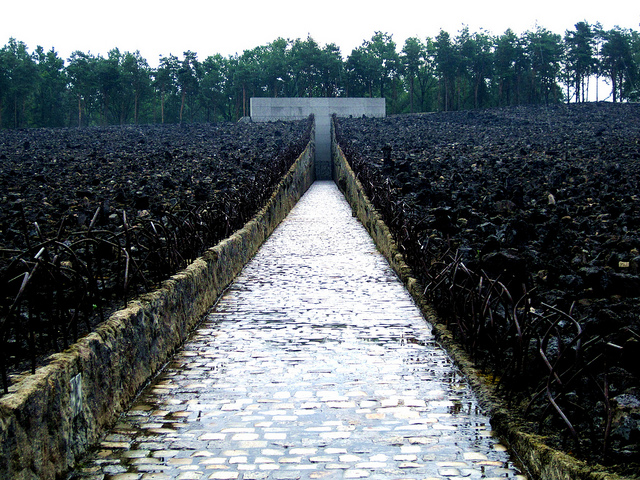
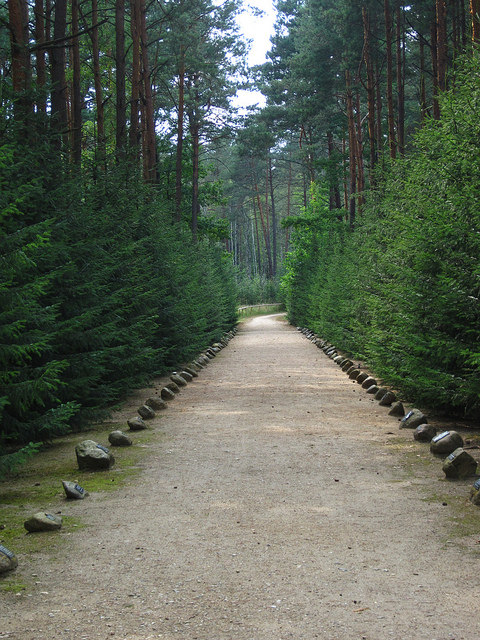
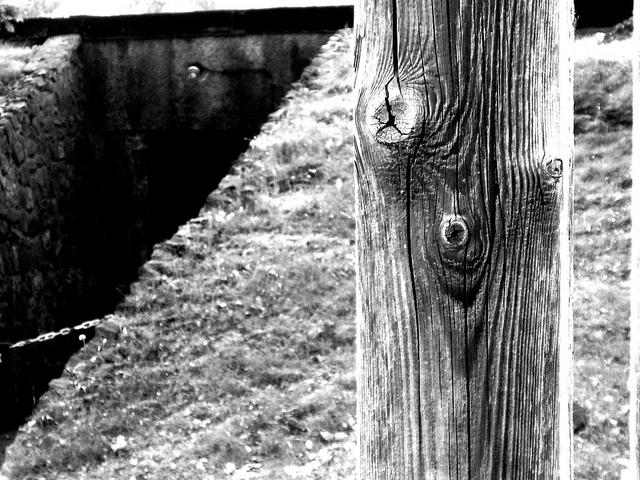
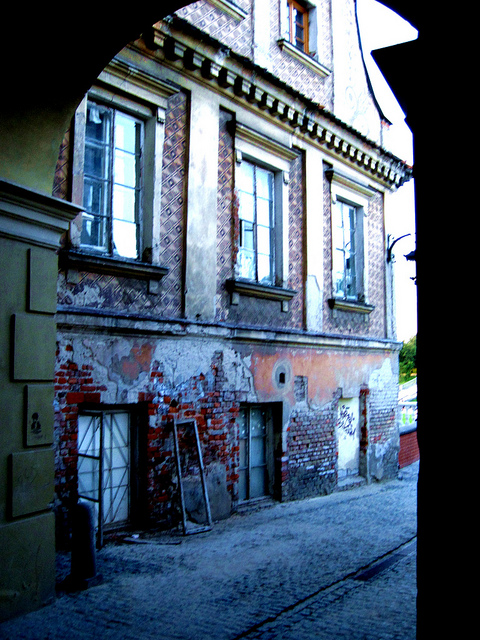
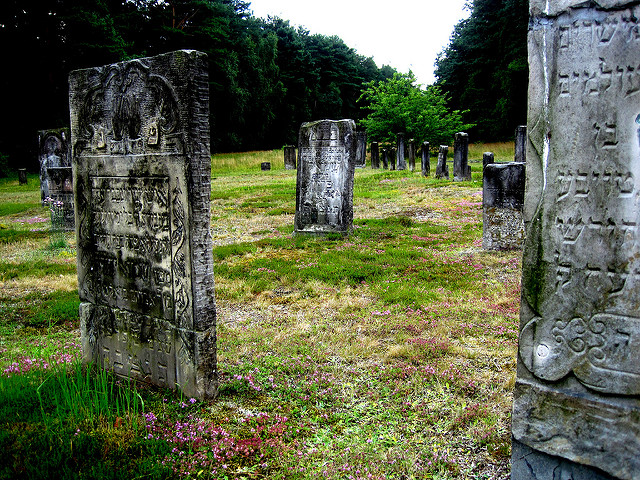
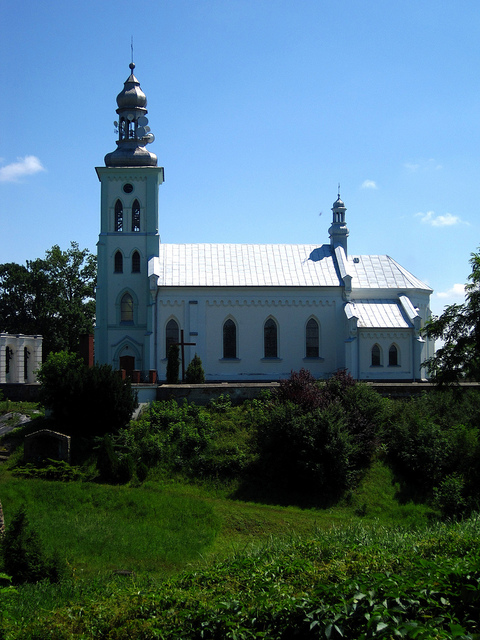
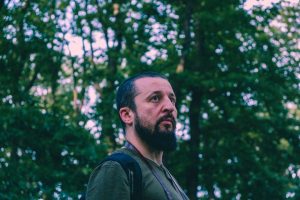
Maurizio Cinquegrani is a Senior Lecturer in Film at the University of Kent. He is the author of Empire and the City: Remapping Early British Cinema (2014) and Journey to Poland: Documentary Landscapes of the Holocaust (2018).


